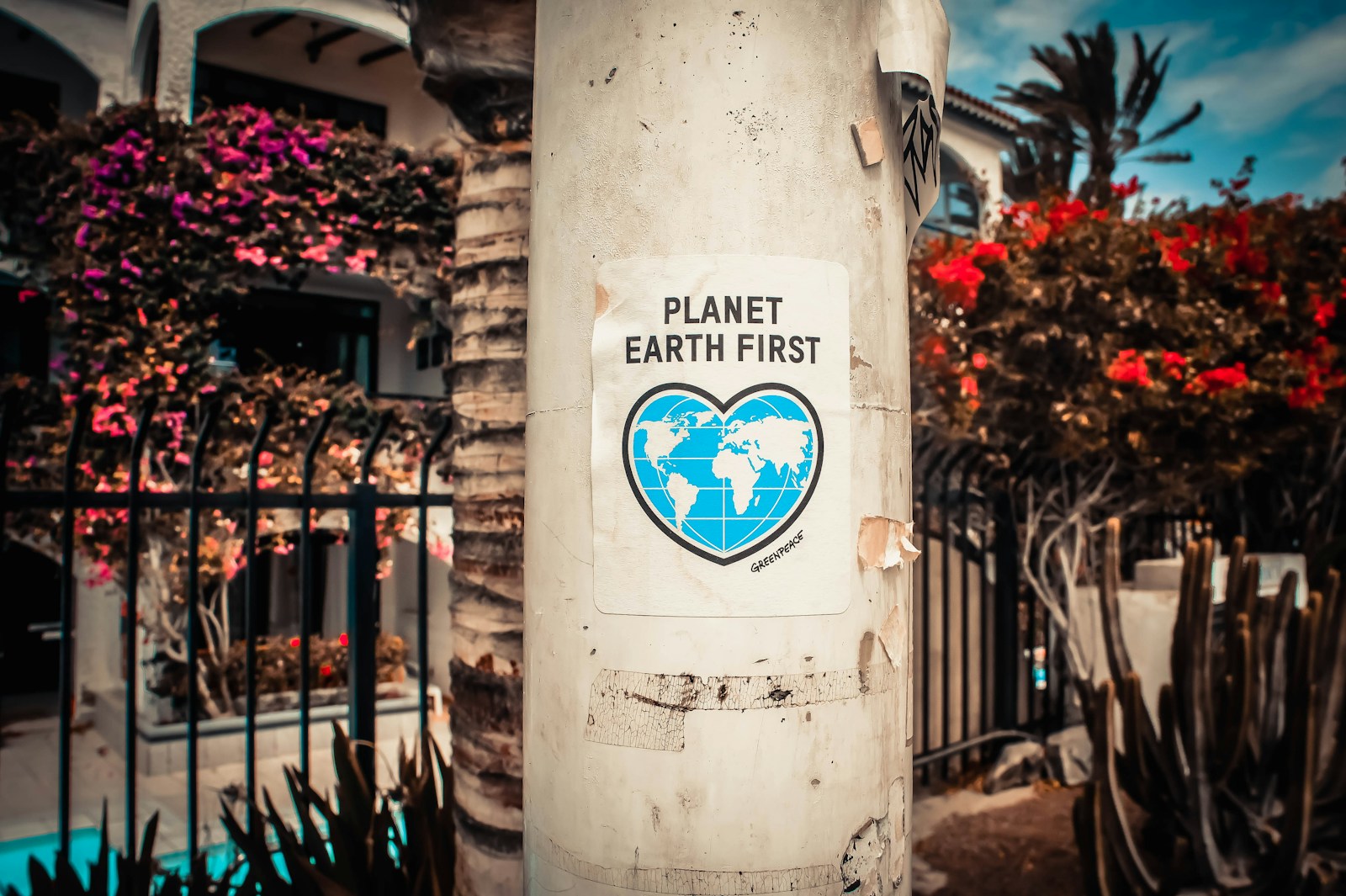Jill Lamontagne on a Few of America’s Most Challenging Environmental Issues
Jill Lamontagne is a community-first wellness strategist and operational leader who brings systems thinking and empathy to every endeavor. As Assistant Supervisor of Adult Case Management at Waypoint, she oversees compliance, mentors staff, and builds scalable, client-centered service models for individuals with disabilities. With a background in health education and youth sports coaching, Jill blends practical action with long-term planning—qualities she also applies to environmental advocacy. Through her leadership in Rotary Club service projects and local cleanup initiatives, she champions sustainable living and community accountability, making her a credible voice in tackling the nation’s most pressing environmental issues.
The United States is in the midst of several environmental crises. These issues not only harm the environment but also threaten public health and have serious implications for the national economy. Americans must educate themselves on each of these issues in order to help protect the environment and support impactful policy changes. To begin, few environmental challenges present as widespread a threat as air pollution. The United States ranks second, behind only China, when it comes to carbon dioxide emissions.
In 2023, industries such as transportation and electric power combined to generate nearly 70 million tons of air pollution. And in 2021, annual emissions from the coal sector increased for the first time since 2014, per the US Energy Information Administration. According to reports from the American Lung Association, about 40 percent of the population, or approximately 135 million people, are living in environments with air quality that can be described as unhealthy or polluted. The burning of fossil fuels is a major issue in connection to air pollution. Other problems, such as an influx of wildfires and extended pollen seasons, are caused by climate change. The Clean Air Act was developed in 1970 as a comprehensive federal law that sets emissions standards and other parameters for hazardous pollutants, yet many new policies are required to mitigate America’s air pollution issues. Air pollution is followed closely by water pollution as a major environmental threat in the United States.
One report from the US Environmental Protection Agency found that half of the nation’s rivers and streams, in addition to more than one-third of all lakes, are polluted to the point that they are not safe for drinking, swimming, or fishing. Rivers and streams in America face many threats, particularly agricultural pollution. Agricultural pollution impacts virtually every body of water in the country, including estuaries and groundwater. Reducing agricultural pollution demands a complete overhaul of many farming processes and systems, including growing, transportation, processing, and food storage. The impact of water pollution cannot be overstated. A California State Water Resources Control Board study found that almost 1 million Californians faced long-term health complications due to drinking water containing unsafe levels of substances such as nitrate and arsenic. Health problems, including cancer, can severely impact the liver and kidneys. Groundwater protection may become increasingly important as climate change-influenced droughts force the nation to rely more on groundwater.
On this note, water shortages represent another serious environmental threat in America. The United States has experienced consistent drought conditions for over two decades, with each individual drought causing billions of dollars in economic damages. California has endured many droughts, along with Colorado, Texas, New Mexico, and Oklahoma. Droughts are a good example of how environmental problems impact both the land and human health.
As soil conditions degrade, vegetation decreases and erosion becomes more common. Low water levels and lakes and reservoirs, meanwhile, cause water shortages for locals. The Hoover Dam on the Colorado River, which provides water to upward of 40 million Americans, has operated under a Tier 1 Water Shortage declaration, the first in the dam’s history, since 2022. These are only a few examples of environmental challenges facing the United States. Additional issues include expansive wildfire seasons, rampant food waste, and plastic pollution.
